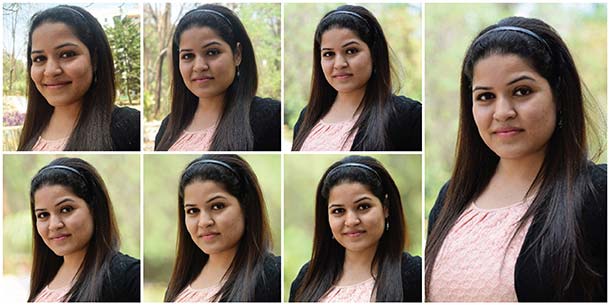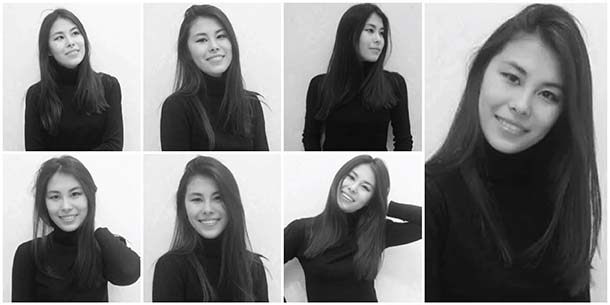Client Profile.
A tech-enabled photography platform, offering on-demand photography services for individuals and businesses worldwide. Headquartered in the US, the company excels in managing large quantities of visual content.
Business Need.
The client was developing an AI-based application for generating casual and professional headshots. This required them to generate huge volumes of training headshot data to fine tune their algorithms.
The client had been working with HitechDigital on other projects. They added a new headshot creation project, in which they needed us to create a massive pool of headshots for training data. The scope of work identified for this project involved:
- Shortlisting a select number (as defined by client) of the best headshots from a pool of headshots.
- In the absence of good headshots, using AI prompts to generate headshots.
- Photo edit images wherever required to enhance quality of images.
Challenges.
- The client wanted to leverage the strength of their existing team at Hitech to work on the additional project. Given that this was a team of data specialists, additional training in photo editing needed to be imparted.
- Given the general low quality of the AI images, most of the images needed to be edited and retouched to get them to acceptable quality levels.
Solution.
The HitechDigital team leveraged a structured workflow and skilled resources to create a scalable and high-quality pool of headshots through a seamless process of screening, prompt engineering and photo editing. The training data helped to build the client’s AI model for headshot generation.
Project Samples.
Approach.
- A team of 10 data specialists was additionally trained in photo editing and retouching techniques to be able to handle end-to-end activities of the project.
- The Hitech team worked on the client portal including image processing and final upload of deliverables.
- The input files received in batches over client portal included AI generated headshots, prompts used to generate the headshots and the number of shortlisted images needed in each batch
- The team selected the best quality headshots from each batch (6, 9, 12, or 18, as requested by the end client).
- If the required number of high-quality images was not available, the team used prompts to generate more AI images and increase their selection pool.
- All headshots which did not meet minimal quality standards were retouched and photo-edited to remove imperfections.



